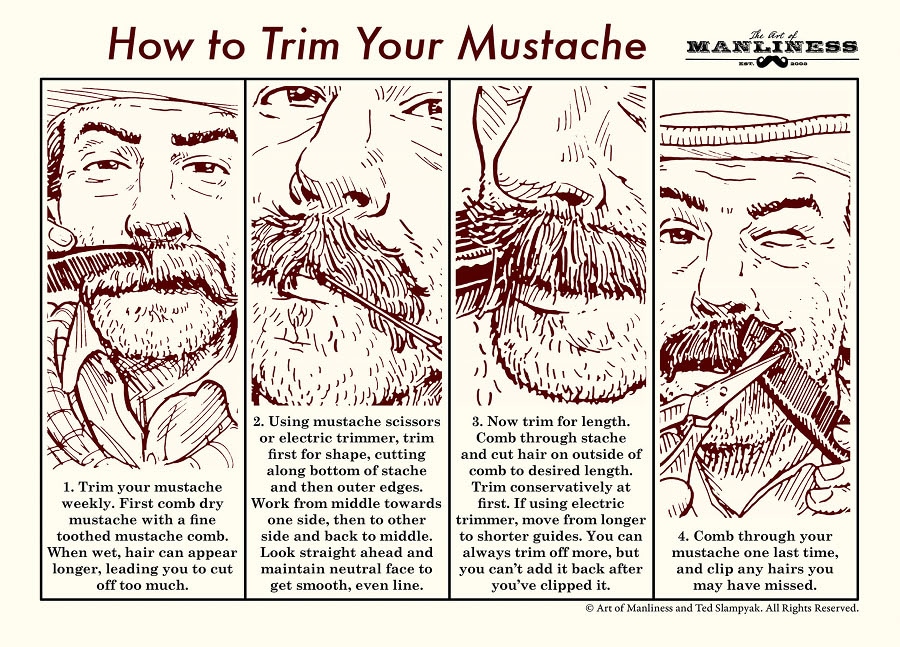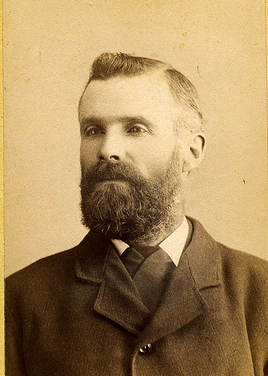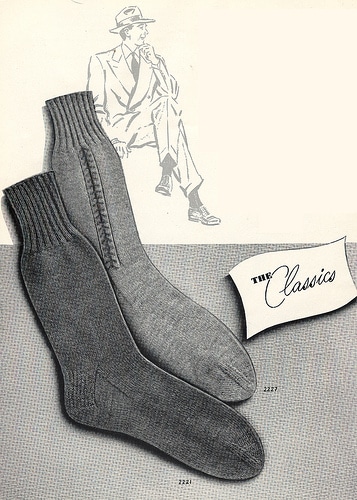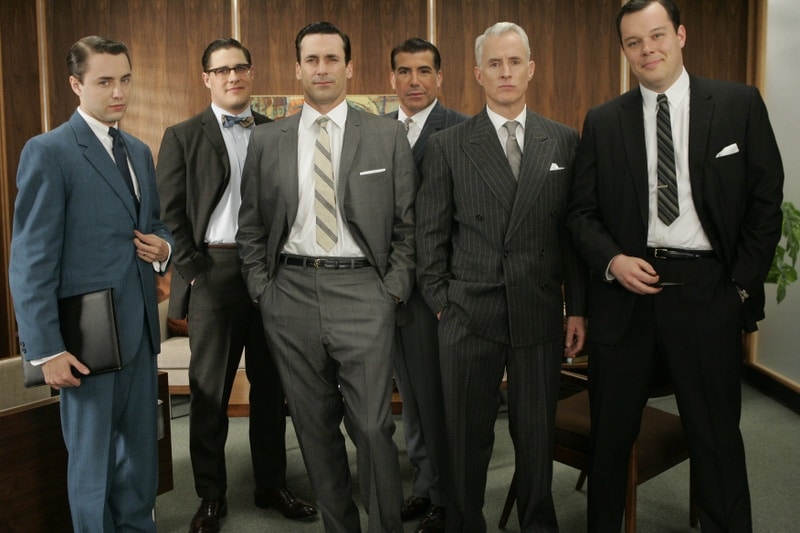
I’ve never given much thought to the tool I use to style my mane. Brush? Comb? I just use the first thing I find in the bathroom. Sometimes it’s a brush. Sometimes a comb. Come to think of it, I can’t remember ever buying a brush or comb for myself. They’ve somehow always been around.
But as I was brushing my hair with the pink, pillowy brush I borrowed from Kate the other day, I got to thinking, “Should I really be using a brush right now or would it be better to use a comb?”
To answer this burning question, I called up AoM’s friendly resident barber, Thad Forrester, co-owner of Hudson / Hawk Barber & Shop. Thad gave me the lowdown on both brushes and combs, and when a man should reach for one over the other.
The Brush
There are all sorts of brushes on the market, but a man will most commonly employ a paddle brush on his hair.
A paddle brush is oval or rectangular in shape and has lots of bristles sticking out of a soft cushion. “The paddle brush is a good foundational brush,” Thad told me. “It’s gentle on the hair and scalp. I like to use it to smooth wavy hair out or detangle fine or kinky hair.”
In choosing the right brush for you, Thad offers this general rule: “the closer together the bristles are, the better they are for fine hair, and the farther apart they are, the better they are for thicker hair.” You’ll also need to pick between brushes with bristles that are made from either natural or synthetic materials (or a combination of both). Thad offers this lowdown on the pros and cons of each type:
- Natural bristle brushes. “Natural bristle brushes are typically made from boar bristles. They are known for being able to evenly disperse your hair’s natural oils and give your hair a very natural shine. The bristles are very close together so natural brushes work best in fine hair.”
- Synthetic bristle brushes. “Synthetic bristles are typically made from nylon or plastic. They are generally spaced out on the brush head more, so work better on thick, coarse hair. They do a better job at detangling due to the wider spaced bristles and don’t generate as much static as natural bristles do.”
- Combination bristle brushes. “Combination bristle brushes present the best of both worlds, as they can detangle and add shine to the hair. These would be the most versatile and work with fine to normal hair.”
Brushes range from the very cheap drugstore kind to uber expensive luxury varieties. Thad says that “A good quality brush doesn’t have to break the bank. There are some great boar bristle, synthetic, and combo brushes available from companies like Diane, Kent, Denman, and Bass that range from $5 – $20.” Consider experimenting with a few different types/brands of brushes to find one that feels good on your hair/scalp, and makes your hair look its best.
The Comb
Every man surely knows what a comb is: a single, rectangular piece of material with a solid upper from which spring a line of tines or “teeth.”
“The main thing that differentiates combs are the width of the comb teeth,” Thad says. “The smaller the width between teeth, the more precision and detail you can get with your hair styling.”
If you’re styling your hair with a side part, you’ll want a comb that has narrower spacing between teeth so you can get that kind of defined line in your comb-over. Think of the classic Mad Men type hairstyles. If you’re going for a style that’s a bit looser, go with a comb that has more widely spaced teeth.
“If you have really thick or coarse hair, I’d use a wide-tooth comb. You’re less likely to pull and damage your hair with it,” says Thad.
To keep your hair styling tools to a minimum, Thad recommends picking up a single comb that has more widely-spaced teeth on one end and more narrowly-spaced teeth on the other. Utilitarian and versatile.
In addition to the varied spacing of teeth, combs can also be made out of different materials. Plastic is the most common, but wooden and even metal combs also exist. I once owned a stainless steel comb, as I liked the idea of it being so sturdy and indestructible. But I found that in reality, running metal tines over my scalp never seemed inviting, and I actually preferred plastic. Even though plastic doesn’t have luxurious connotations, it does seem to make for the best kind of combs.
Perhaps surprisingly though, even between plastic combs, quality can differ, and it’s worth paying a bit more for a good one. Well-made combs are sturdy yet flexible, which keeps the teeth and the comb itself from snapping and breaking (especially important if you carry one around in your pocket). Quality combs also sport straight, smooth teeth with comfortable rounded ends that will feel good on your scalp and won’t scratch your skin or pull out your hair as they glide through its strands. Kent is a well-vetted brand in this category.
When to Use a Hair Brush vs. a Comb
When should a man use a brush on his hair and when should he use a comb?
Thad’s general rule is that for longer hair, you want to stick primarily with a brush. A paddle brush will keep your hair smooth, straight, and detangled without causing too much discomfort in the process. Brushes don’t allow for precision styling, but when you have longer hair, you’re usually not trying to get a sharp style. You’re going for “loose” and brushes achieve that for you.
For shorter hair, Thad typically recommends sticking with a comb since you’re usually going for more precision with your styling. A comb’s teeth will leave those sharp, crisp lines in your hair.
While brushes aren’t great for styling, Thad will often combine a brush and comb on a customer’s hair. “Brushes are great for distributing men’s hair product evenly throughout the hair without it clumping up. I also like to use a brush to establish the basic structure of a hairstyle and then go back with a comb to give it a more precise look.”
Many men will therefore want to keep both a brush and a comb on hand.
__________________
Thanks to Thad from Hudson / Hawk Barber & Shop (locations in Springfield, Columbia, and Kansas City, MO, and Bentonville, AR) for his tips.







